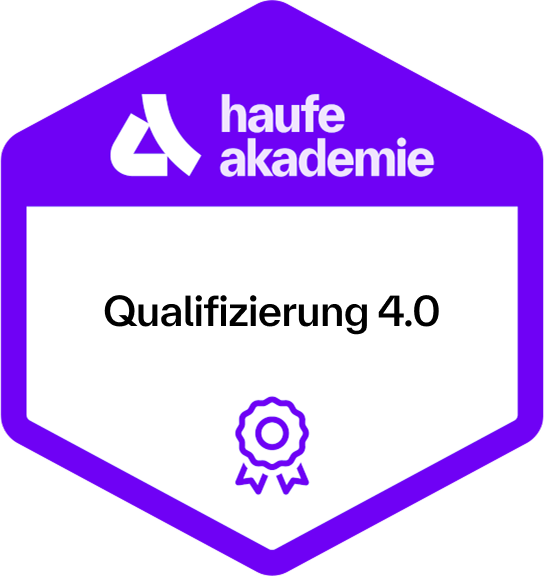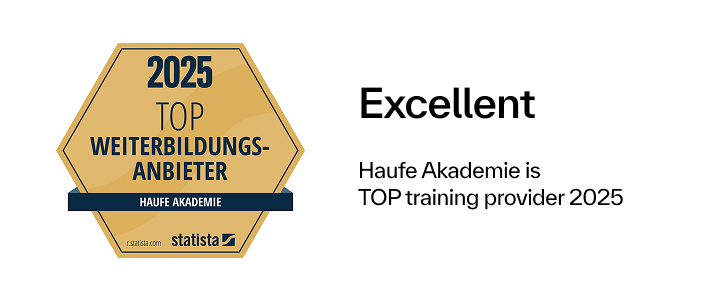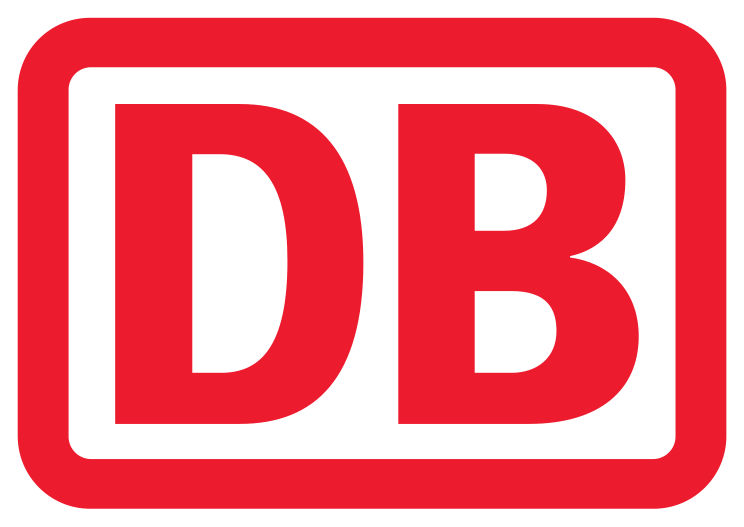Six Sigma Green Belt qualification program
Systematically optimize processes with the DMAIC method

Introduction
- The vision of Six Sigma.
- Project management according to DMAIC.
Phase 1: DEFINE
- Identify projects, evaluate benefits.
- Process, variation, process representation/customer view.
- Identify and prioritize influencing factors.
- Excursus: Introduction to the Minitab statistical software.
Phase 2: MEASURE
- Data types and display types.
- Statistical principles and tables.
- Process capability and scrap forecast.
Phase 3: ANALYZE
- Tools for the verification of influencing variables.
- Graphical data analysis, hypothesis tests.
Phase 4: IMPROVE
- Find and implement solutions.
- Proof of process improvement.
Phase 5: CONTROL
- Safeguarding process improvement.
- Standardization and process control.
- Project completion Written examination (60 min.).
Contents
The concept: Over a total of 8 days (4 + 4), all the methods and tools that a Six Sigma Green Belt needs to successfully handle improvement projects are taught in an intensive, practical format.
Introduction
- The vision of Six Sigma.
- Project management according to DMAIC.
DEFINE
- Identification and benefit assessment of projects.
- Process and variation.
- Process representation from the customer's perspective.
- Identify and prioritize influencing factors.
- Excursus: Introduction to the Minitab statistical software.
MEASURE
- Data types and display types.
- Statistical principles and tables.
- Process capability and scrap forecast.
ANALYZE
- Tools for the verification of influencing variables.
- Graphical data analysis, hypothesis tests.
IMPROVE
- Find and implement solutions.
- Proof of process improvement.
CONTROL
- Safeguarding process improvement.
- Standardization and process control.
- Project completion.
In the individual phases, tools such as SIPOC, Ishikawa diagram, C&E matrix, process mapping, FMEA, graphical analysis with Minitab, hypothesis tests, measurement system analysis, design of experiments, control charts, Poka Yoke, process capability analysis and Pareto analysis are presented, applied and trained in group work. Minitab software is used for the data analysis tools.
Learning environment
In your online learning environment, you will find useful information, downloads and extra services for this training course once you have registered.
Your benefit
- You get to know the Six Sigma tools and can apply them in a targeted manner in your company context.
- You will significantly increase your problem-solving skills and your ability to analyze data and draw conclusions based on it.
- You can carry out problem-solving projects systematically according to the DMAIC method/Six Sigma.
- You can bring in situations from your practice and generate an immediate benefit for your current activity.
On the last day of the seminar there is the opportunity to take a written exam.
Successfully passing the exam is a basic requirement for admission to the Six Sigma Green Belt certification.
Methods
Input, group exercises, practical examples, process simulations, moderated discussions.
The qualification program is based on the quality guidelines of the European Six Sigma Club Deutschland e.V.. The attendees work with their own laptop (please bring it to the training) and the statistics software Minitab (a test license can be used for 30 days). Further information can be found in your learning path after registration.
Recommended for
employees with the task of improving processes, process managers and specialists, managers and QM officers.
Prerequisite:
Please note that you will be dealing with data and its analysis (software-supported). Previous knowledge is not required.
Final examination
After completing the training, there is the option of certification as a Six Sigma Green Belt. In addition to the examination (in the training), you must provide evidence of a successfully completed improvement project using the DMAIC method. You will be individually supervised by a trainer from the qualification program. Certification is not included in the price.
 4.5
4.5









